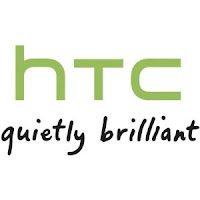
After being overclocked to 1.7GHz using liquid nitrogen at the beginning of this year, AMD’s Radeon HD 7970 graphics card has now reached a just as impressive 1.3GHz core frequency using only air cooling.
This feat was recently achieved by a Chinese enthusiast during a local overclocking contest, which took place earlier this week, reports Hardcore Hardware.
In order to reach this high frequency, the graphics card, which was provided by HIS, was stripped of its regular cooler and paired together with the Deep Cool Dracula VGA heatsink.
The GPU voltage was also increased, which allowed the card to be clocked at an impressive 1.319MHz, while the memory was pushed to 1,822MHz (equivalent to 7,288MHz).
Using these settings, the card was...



 2/16/2012 10:32:00 PM
2/16/2012 10:32:00 PM
 dannzfay
dannzfay




























